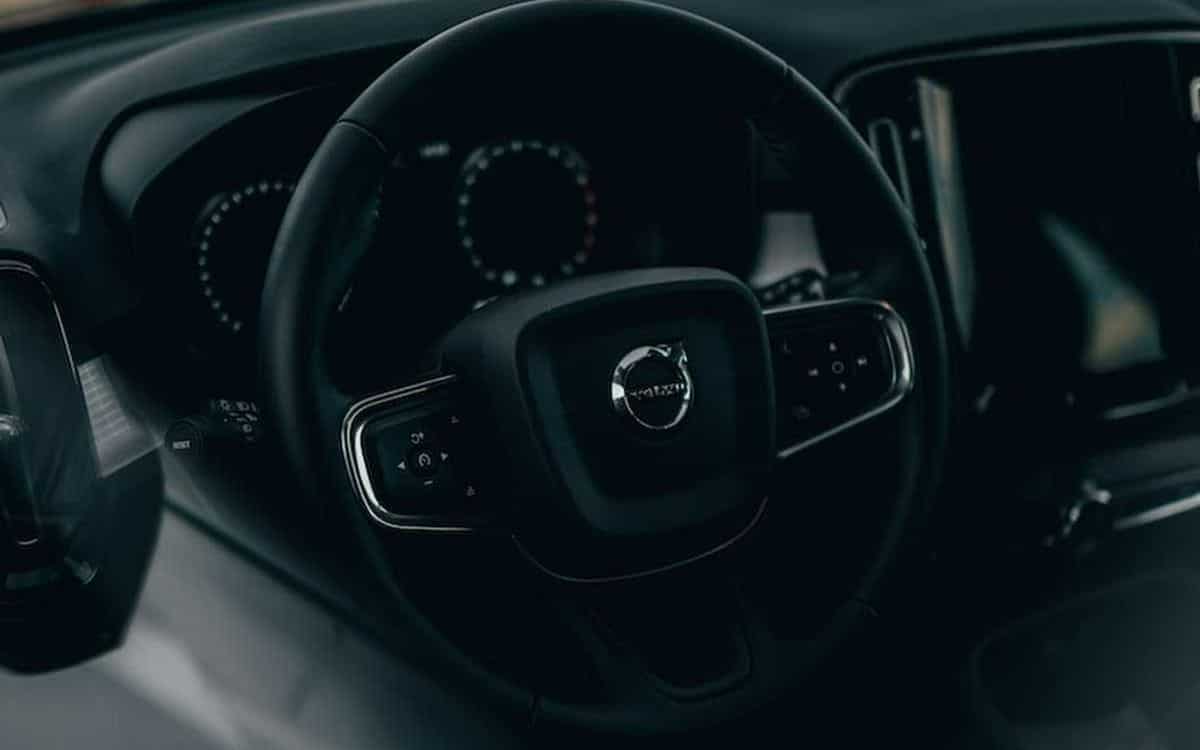Like all automobiles, Volvos need to be serviced and properly maintained to ensure their longevity as the odometer continues to tick upwards. While all motorists are unique individuals and may have different driving patterns or store their Volvos differently, there are steps Volvo owners can take to ensure their vehicles are well maintained.
In this article, we will divulge some helpful information about when it’s time to get your Volvo serviced so you can quickly get back to the open road – or wherever it is your Volvo takes you.

General Volvo maintenance tips
Depending on whether or not you bought your Volvo new or pre-owned, you may be enrolled in a Volvo service schedule program. Volvo’s recommended factory scheduled maintenance (FSM) for 2013 and newer models state that it’s generally best to get your Volvo serviced annually or every 10,000 miles – for models manufactured prior to 2013, the figure is 7,500 miles. Volvo recommends that FSM services be completed at authorized Volvo dealerships to ensure that the technicians responsible for your vehicle adhere to Volvo’s strict maintenance standards. And for Volvos that have driven more than 150,000 miles, the manufacturer recommends restarting the FSM regimen to keep your car operating smoothly for years to come.
It’s also vitally important to pay attention to your vehicle’s warning lights. Such indicators can be invaluable in detecting an issue before it becomes so bad that it prevents you from driving or operating your Volvo safely.
Common signs your car could use some maintenance
Cars experience a great deal of wear and tear when they’re out there on the road – especially if a vehicle sees regular use on a daily basis or more. And if you live somewhere without consistent access to covered parking, your vehicle sits exposed to the harsh elements around the clock. Thankfully, there are several ways you can identify whether or not you need to schedule your next auto maintenance appointment.
It’s important to be observant when driving to notice anything that may be a sign of excessive wear or an underlying issue with the vehicle. Here is a list of symptoms that might be a sign it’s time to get your Volvo serviced even if it’s not yet time for a regularly scheduled maintenance check-up:
- Tire pressure gauge – This indicator will usually come on when a tire’s pressure is outside of the recommended range. The tire pressure gauge may also come on if there’s an issue with the gauge itself (which can sometimes happen if a driver hits a curb or a particularly insidious pothole).
- Check Engine indicator – One of the most infamous lights on the dashboard, the Check Engine warning will either blink intermittently or remain on while the car is on depending upon the issue. A blinking light is usually a sign of a more pressing issue and can be a good indicator that it’s time to have your vehicle serviced as soon as possible. If the light comes on and stays on, the problem is less likely to require immediate attention. Still, whenever this light comes on, it’s best to take your vehicle in to have it serviced by a qualified professional as soon as possible.
- Difficulty steering – Drivers that experience a sudden or gradual increase in energy required to turn the steering wheel are likely suffering from a lack of power steering fluid. This usually occurs when there’s a leak somewhere, so an auto mechanic will need to identify and seal the leak before refilling the fluid or install a new pressurized hose altogether.
- Rough idle – When your vehicle’s engine is on but not engaged, it’s ‘idling’. A rough idle may cause the vehicle to vibrate or shake (even while stationary) and is oftentimes accompanied by gurgling or hiccup-like noises from the engine itself. Rough idles can be innocuous in some cases, or they could be a symptom of a much more serious issue.
For a more comprehensive overview of all the warning lights and indicators in your Volvo, consult your vehicle manual and be sure to schedule a maintenance appointment if necessary.
Strange noises
While there are numerous warning lights and other indicators on the dash to help motorists recognize an issue with their vehicle, a number of problems can also be identified by listening carefully to what the automobile sounds like. Here are some of the most common noises that might be emblematic of a greater underlying issue:
- Grinding or scraping metal – If you hear a grinding or metallic scraping noise from under your vehicle while driving (and especially while applying the brakes), it’s likely that your automobile’s brake linings have been completely worn down. The grinding noise is therefore a result of the steel rotor rubbing against the remnants of your brake pads. It’s best to have your vehicle serviced as soon as possible if you notice this sound, as it can cause serious damage to your rotors and compromise your vehicle’s ability to stop quickly and safely.
- Squeaky brakes – Usually, squeaking brakes simply means a bit of moisture has accumulated on your car’s rotors. If squeaking happens consistently while braking, however, it may be a sign that it’s time to have your brake pads inspected and/or replaced.
- Whining or buzzing from under the hood – This sound is usually a sign of a worn or damaged component. The worn part may be a drive belt, an alternator, or pulley bearings. It’s generally best to have your vehicle serviced by a professional in such cases, especially if you are unable to identify the source of the noise.
Get your Volvo serviced today
Because everyone drives a little differently and with differing frequencies in disparate climates, you may not need to service your Volvo as frequently as the manufacturer recommends. On the other hand, if you spend a lot of time behind the wheel commuting or making deliveries, you may need to get your Volvo serviced more frequently than the manual suggests.
The factory suggestions are there to act as a helpful guide, but the person who likely knows your vehicle’s history best is you. To schedule your next Volvo maintenance appointment, visit our website.


